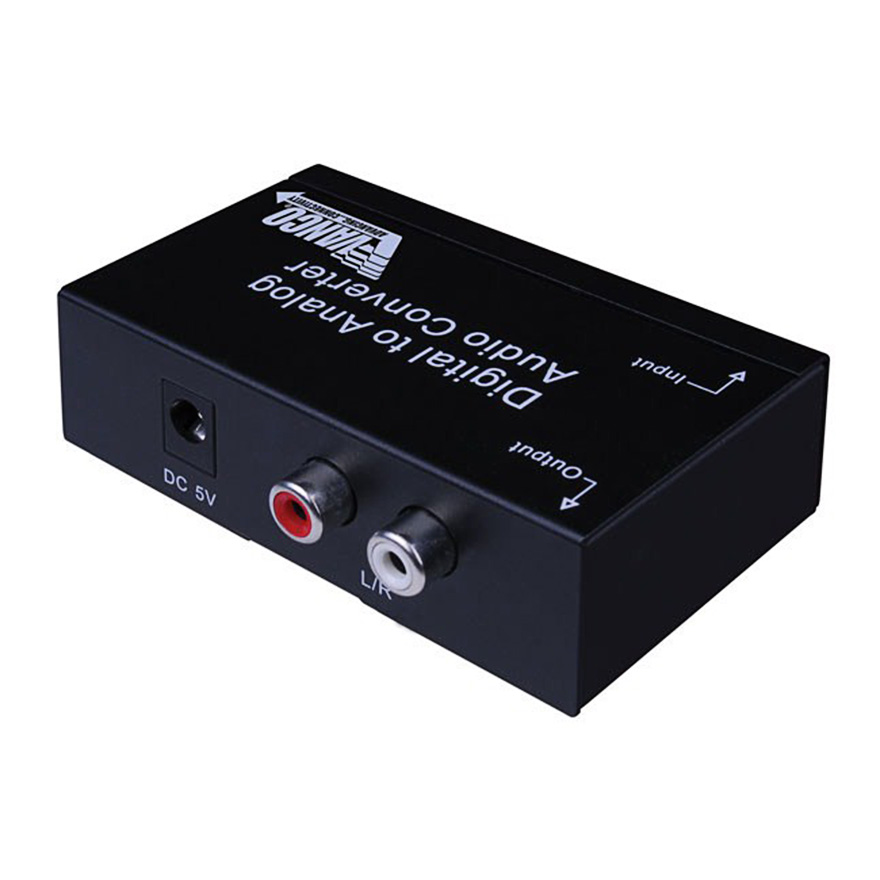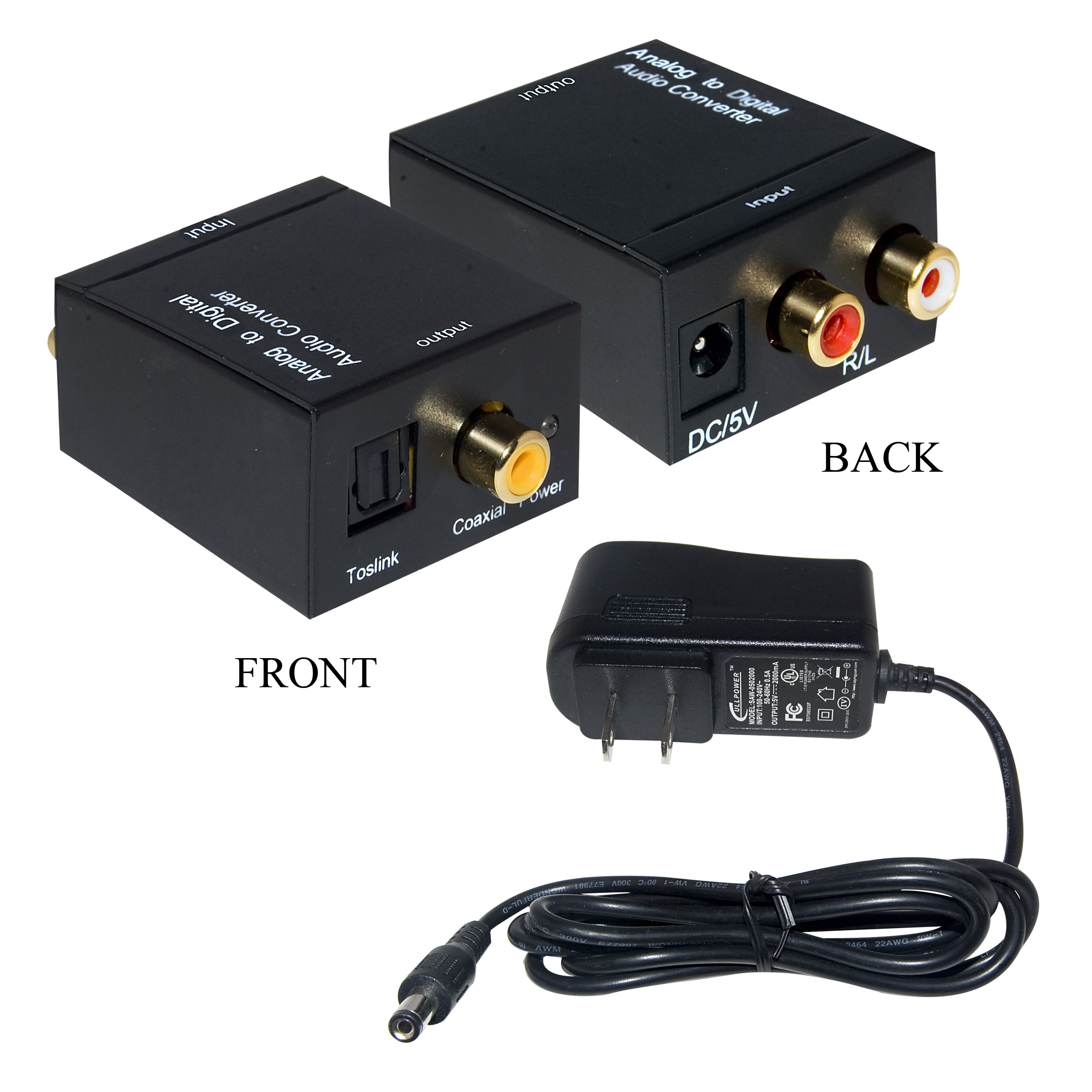

Zero-code error is measured by loading the DAC with all 0’s and observing the DAC output voltage.

Zero-code error is similar to offset error but describes a different and useful DAC behavior. If you were to consider slope-intercept form for a straight-line equation, y = mx + b, offset error would be the b term, as illustrated below. We do this to avoid operating the output operational amplifier in the non-linear region near its power rails. The measurement is usually made from a line of best fit taken from a two-point measurement around 10% and 90% full-scale. Offset error describes how much the entire DAC transfer function is shifted up or down. Let’s first start with a spec called offset error. When discussing linearity and the DAC transfer function, you only need to consider static specifications. Static specifications are behaviors observed at the DAC output at a steady output state, while dynamic specifications refer to behaviors observed during a code-to-code transition.
Digital to analog audio converter is making static how to#
Now we’ll explore how real devices deviate from the ideal DAC transfer function and how to quantify those deviations.ĭAC specifications are divided into two basic categories: static and dynamic.

In my last post, “ DAC Essentials: The pursuit of perfection,” I explained the concept of the ideal DAC and established the key idioms of its performance.


 0 kommentar(er)
0 kommentar(er)
